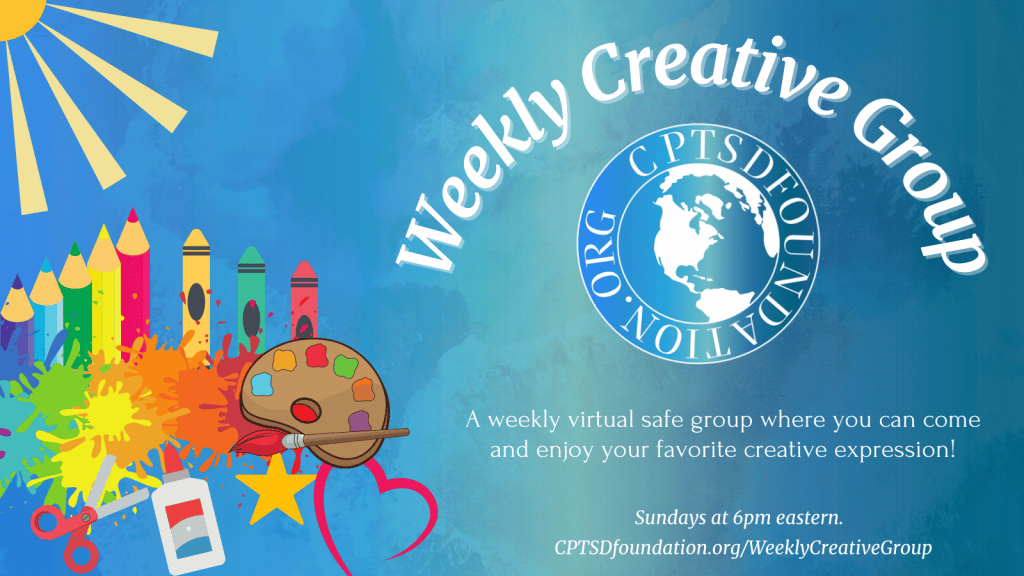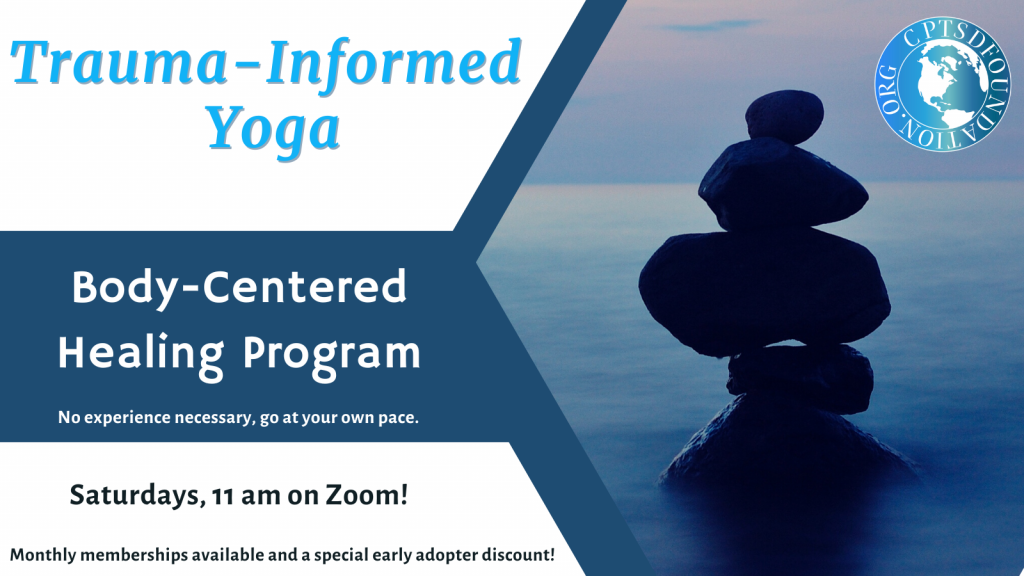Today, I know how to replace the arsenal of unhealthy crutches that once helped me blot out feelings
Last spring, I was surprised by how gut-punched I felt, having decided to take an 18-day hiatus from therapy. Previous lapses in my therapy schedule barely registered on my radar, and if anything, carried mild relief. Although my therapist’s announcement of her upcoming vacation didn’t catapult me into panic, it spawned a slight sense of impending doom. I wondered how I, being fiercely independent and stubborn, could possibly “mourn” a temporary reprieve from therapy. I concluded that I probably felt that way because therapy was working. Fortunately, therapy has taught me a broad range of healthy coping strategies to help me navigate my anxiety around this uneasy experience.
Today, I know how to replace the arsenal of unhealthy crutches that once helped me blot out feelings. I had always buried myself in avoidant activities to get through challenging experiences–to feel as little as possible along the way. Thanks to therapy, however, I viewed “the vacation” as an opportunity to continue healing and growing. And while I sought to savor the time, I admit that I simultaneously dreaded it.
To begin, I identified and discussed my concerns about the break with my therapist. If you’re experiencing anxiety around your therapist’s time off, I encourage you to talk to them about what you are feeling and thinking. It can be a great opportunity for therapeutic exploration and relationship building. If you’re not confident you can make it through the break without additional support, let your therapist know. They may have a fill-in, but at the very least, they can connect you with additional resources. It is okay to need support!
In preparation for my therapist’s vacation, I developed “counseling vacation plans.” I outlined a list of my needs and identified ways of meeting them. If you’re currently sitting at a table for one in “vacation hell,” or if one looms heavy on the horizon, I invite you to borrow from the list of activities below. Maybe you’ll add a few activities unique to your interests:
- Mental Health: gratitude journal, intentional breathing, feelings tracking
- Physical Health: yoga, light exercise
- Activities: home projects, writing
- Connection: outings with friends and family
- Rest and Comfort: nature, good food, movies, and music
- Learning: The stories on this blog helped me immensely and I took advantage of a free trial through “Sounds True” which has a lot of great mental health resources.
- Security: I initiated a “safety scavenger hunt,” and created a list of things/moments that made me feel safe.
Being busy doesn’t equate to healthy
I went into the vacation having made a silent agreement with myself that I wouldn’t be “forceful” in doing the things on my list. Furthermore, I limited my tentatively planned activities in areas where I usually bury myself. Being busy doesn’t equate to healthy. I also encouraged myself to approach each experience in moderation. I am happy to say that I succeeded.
You might think, “Good for you, but this is hell.” I get it. Although chock full of lessons and new experiences, these vacations also included moments of spiral, such as sobbing for an hour on Mother’s Day (which is a day that almost always triggers grief and was not an opportune time for my therapist to head out of town). That said, the healing process is full of ups and downs, and life happens whether our therapist is on vacation or not. Ultimately, we need to learn to draw from the strengths within our reach and within ourselves. We can use this time to sharpen and expand our coping skills and experiences.
I’ve continued to lean into the gifts afforded by the spring vacation, long after it came to an end. For example, I tracked my feelings three times a day and was surprised to discover I found so much value in the exercise that I continued doing it for months afterwards. Doing so shifted my thoughts in a more positive direction. Before the vacation, feeling like a child about to have her favorite stuffed animal snatched from her grasp, I sought a way to “connect” with my therapist in her absence.
Knowing that I draw comfort from music, I asked my therapist what genre of music she likes in the last session before her vacation. As it turns out, we enjoy similar music, and she mentioned an artist I hadn’t listened to much. I entered that artist’s name into Pandora, and it generated a playlist that helped me discover a singer-songwriter I have grown to love. I also experienced an adventure that I might not have embarked on if not for the excuse of my therapist taking time away. I talk about that in my article, “Going With the Flow: Up Life’s River Without a Paddle.” In these ways and more, I came out of the spring vacation even stronger and with new skills (and joys) under my belt.
From this experience, I also saw that I was increasingly willing to ask for help. Being less afraid of rejection, and at my wits’ end with the stresses of parenthood with minimal support, I recently reached out to my beloved aunt and asked for help. She gifted me 48 hours of freedom from responsibility, which is the longest break I’ve had in eight years. Breaking under the strain of seasonal depression and the anniversary of a loved one’s death, I found myself in need of additional external support. As much as I detest asking for help, I took up my therapist’s invitation to reach out to another therapist (whom I am fortunately very comfortable with) in her absence. The new therapist helped walk me through a transformative experience, which would not have happened had I not sought help. Confiding in another person on this level, I stretched my circle of vulnerability a little bit further.
Was I the picture of complete “sanity” throughout the 18-day springtime vacation? No! How could I be? I’m still navigating the hell that is a “disorganized fearful/avoidant” attachment style while I’m forming the first truly secure attachment of my life. The little girl in me is screaming, “She’s never coming back!” The adult me knows she’s simply on vacation, but that doesn’t stop my fear of abandonment. Part of me wondered if the anxiety I felt was normal.
I know that a lot of people would react the same way–especially for those of us with deep attachment issues. As long as we don’t veer into stalking or violating boundaries, it’s natural to crave the connection we share with our therapists during prolonged absences. It can be a struggle to get through the time without them. That said, as we’re feeling pain around our therapist’s absence, we are likely also benefiting from developing/sharpening our skills to get through it. As we continue to build strong relationships with our therapists, we will be less gripped by the childlike fear of being abandoned by them when they need personal time. Furthermore, it will also encourage us to lean into self-care and other people. The point of therapy, after all, is to establish the tools and connections we need to navigate life in healthier ways.
Another takeaway from this experience: my therapists’ act of self-care was itself a learning opportunity. When my therapist takes a vacation, she’s practicing what she preaches. As painful as it is for me to go however many extra days without the comforting blanket of her presence, I admire her dedication to self-care. Outside of medical leave, I’ve never taken a full week off from work, despite having the flexibility to do so. Like so many other healthy behaviors she has modeled, my therapist taking chunks of time off gives me hope that someday I will give myself the permission to do the same. Breaks in therapy allow us to lean into what we’ve learned in therapy. Accepting our therapists’ need for time away means that we embrace it as an opportunity: we can use this time to support ourselves!
Photo by Guzmán Barquín on Unsplash
Guest Post Disclaimer: Any and all information shared in this guest blog post is intended for educational and informational purposes only. Nothing in this blog post, nor any content on CPTSDfoundation.org, is a supplement for or supersedes the relationship and direction of your medical or mental health providers. Thoughts, ideas, or opinions expressed by the writer of this guest blog post do not necessarily reflect those of CPTSD Foundation. For more information, see our Privacy Policy and Full Disclaimer.

Finally feeling truly alive for the first time in my life, I am writing from a place of gradual healing with an eye to the future and a hope of connecting with others on similar paths. Forced to withhold a tsunami of emotions deemed irrelevant under the roof of my childhood “home,” the blank white pages of my notebooks invited my raw reflections without judgment. Writing allowed me to free the burdens of my soul, but at some point, I muzzled myself. My pen lay dormant for years until, at 41 years old, I experienced a traumatic flashback during an everyday activity that shook me to the core. Five days later, I started writing about the things I had long withheld. I couldn’t stop. Written words have once again become my refuge. I now recognize that these words, resurrected from the ashes of my pain, may have the power to help others. Above all, I want to magnify and share the messages that I have most treasured on my journey: we are not alone and we don’t ever have to go back. This is where we live now and the future is ours.





This was really helpful, as I have gone to every two weeks in therapy after childhood trauma was remembered. From twice a week, to once a week, now two weeks. I still miss talking to him on the missed week, but I try to use the guidelines he has given me.
My therapist knows more about me than any other person on earth, and I am so grateful for him, and a safe place to open up.
Thank you for reading! I’m glad it was helpful. It’s so hard getting to the point of being able to open up fully and trust another person to that level in the first place. It can be difficult to make transitions along the way. We are so very fortunate for the things they teach us and help us find in ourselves so that we can navigate our lives with more confidence. I wish you the best of luck on your healing journey! Take good care.